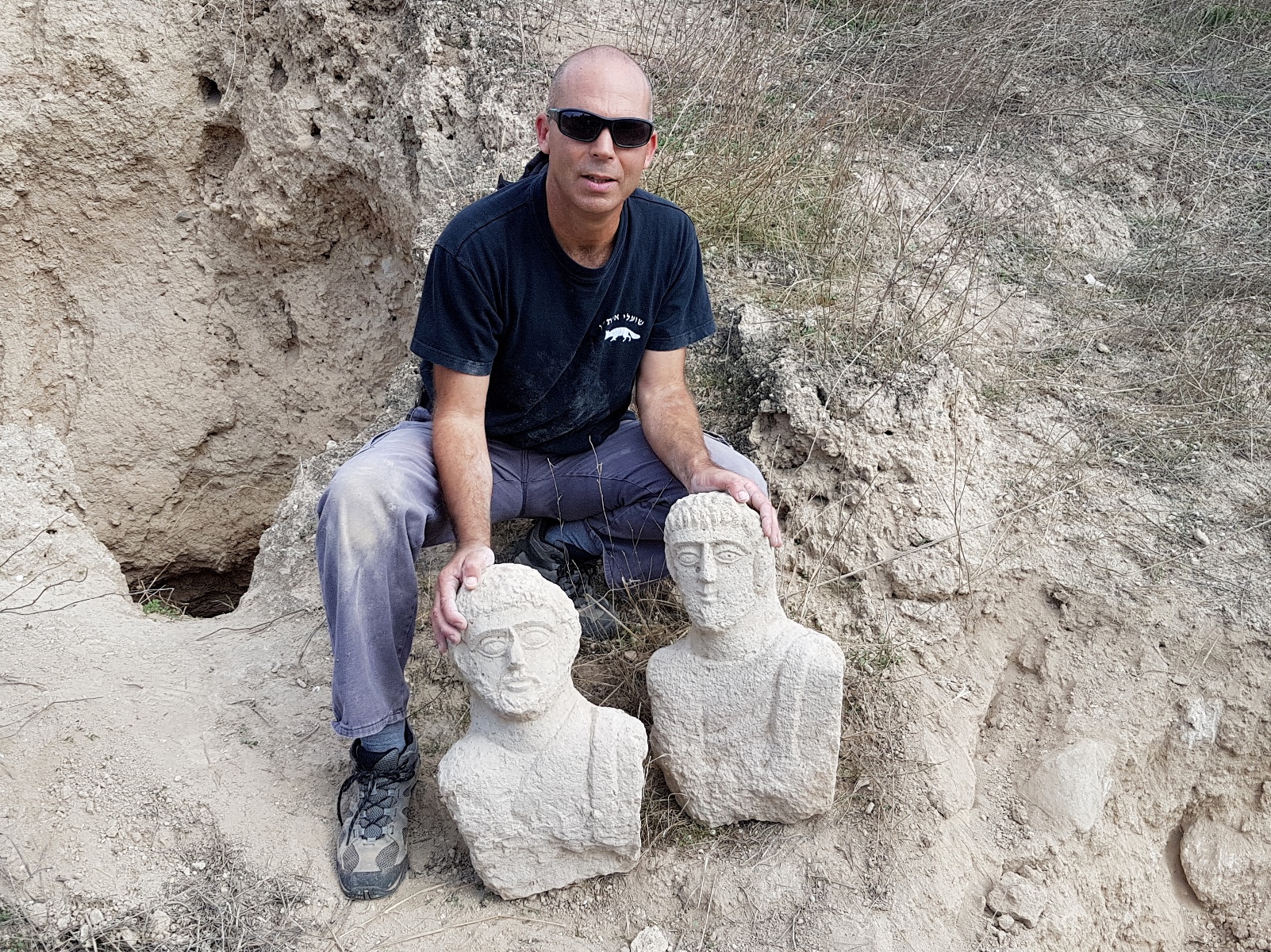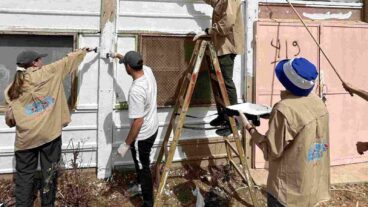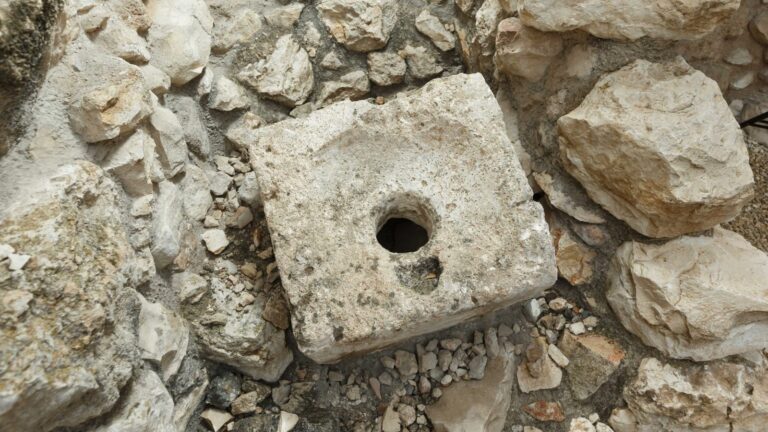Two Roman busts were found in early December near the Israeli city of Beit She’an by a local resident who spotted the top of one sticking out of the ground as she was walking with her husband.
The couple called the Israel Antiquities Authority Theft Prevention Unit, and inspectors were quickly sent to the site. Together, they unearthed the first bust and found another one right next to it.
It’s not unusual for Israelis out hiking to come across archeological treasures. As ISRAEL21c reported in 2016, even children have stumbled upon relics out in nature.
By law, antiquities belong to the state and may not be hoarded, sold or traded. Those who turn them in to the Israel Antiquities Authority get a certificate of good citizenship, special tours and media attention.
The statues found in Beit She’an, which date to the Late Roman period (3rd–4th centuries CE), were taken to the Israel Antiquities Authority laboratories for preservation.
According to Eitan Klein, deputy head of the Israel Antiquities Authority Theft Prevention Unit: “These busts were made of local limestone and they show unique facial features, details of clothing and hairstyles. It seems that at least one of them depicts a bearded man. Busts like these were usually placed near or in a burial cave, and they may have represented the image of the deceased along general lines.”
Klein said similar busts have been found in the past in the Beit She’an area and in northern Jordan. “But not one resembles another, and that’s the importance of these finds. These busts are in the Oriental style, which shows that at the end of the Roman period the use of Classical art had subsided, and local trends came into vogue.”
According to Nir Distelfeld, Israel Antiquities Authority Theft Prevention Unit inspector, the ancient figurines were exposed following a recent heavy rainfall in the area.

“The discovery of the busts fills in another piece of the puzzle in our understanding of the material culture of the people of this land in the past,” said Distelfeld. “It’s important to note that heavy winter rains can bring other finds to the surface and we call on people to report them to us.”
















